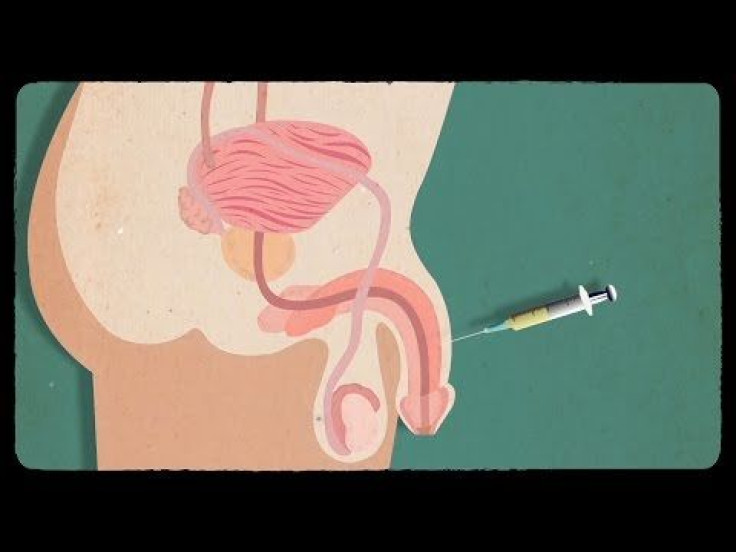The Ultimate Self-Sacrifice: Years Ago, A Doctor Injected Gonorrhea Pus Into His Own Penis To Advance Medicine

Sexually transmitted diseases (STDs) have been around for hundreds of years, but it wasn't until recently that doctors realized syphilis and gonorrhea were caused by distinct bacterial infections, and not symptoms of the same disease. The reason for this discovery is partly due to a critical error in one doctor’s attempt at self-experimentation.
Without the practice of safe sex and the absence of antibiotics, STD rates were ridiculously high and widespread throughout Europe in the 18th century. As a result, it was difficult for doctors to separate the symptoms of syphilis from those of gonorrhea. Dr. John Hunter was one of these doctors. As a leading expert on venereal diseases in London, he proposed that gonorrhea and syphilis were both manifestations of the same illness, and was willing to make the ultimate sacrifice to prove his theory. As reported by Fusion, Hunter purposely injected his penis with pus from a gonorrhea sore in order to see whether he would develop symptoms from both diseases.
Although Hunter soon came down with both diseases, this was only because he had unknowingly taken a pus sample from a patient who was infected with both syphilis and gonorrhea. Despite this error, Hunter’s theory on the two venereal diseases being the same illness remained a part of medical knowledge for 50 years, until French scientist Philippe Record proved it to be false.
Thankfully, today, gonorrhea and syphilis are treatable with antibiotics. However, our ability to treat these common STDs may soon become futile. Common types of bacteria have mutated to develop antibiotic resistance, making them immune to common treatments. As a result, antibiotic-resistant gonorrhea cases have been reported in the UK, Austria, France, Norway, Japan, and Canada.



























